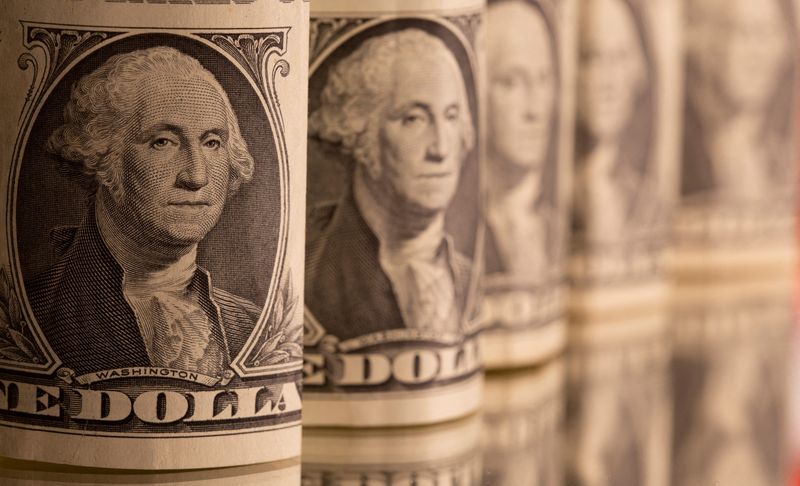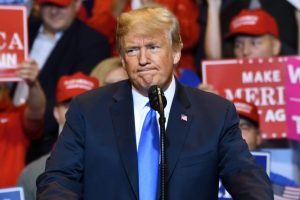
By Gertrude Chavez-Dreyfuss
NEW YORK (Reuters) – The U.S. dollar strengthened against major currencies on Tuesday, led by gains versus the euro, driven by safe-haven bids amid tariff worries and tension-filled negotiations on the Russia-Ukraine conflict.
The Australian dollar, meanwhile, initially held near two-month highs after the Reserve Bank of Australia cut rates, its first easing since the 2020 pandemic, cautioning, however, against further rate reductions. But broad U.S. dollar buying amid global geopolitical stress has temporarily eroded support for the Australian currency.
Traders kept an eye on talks in Saudi Arabia between U.S. and Russian officials on Tuesday aimed at ending the Ukraine war.
Ukraine President Volodymyr Zelenskiy said no peace deal could be made behind his back. He postponed his visit to Saudi Arabia planned for Wednesday until March 10 to avoid giving “legitimacy” to the U.S.-Russia talks.
“The buck will remain a source of safety in the midst of uncertainty and what seems like a chaotic attempt at putting a very tragic and expensive conflict to rest,” said Juan Perez, director of trading, at Monex USA in Washington.
“Markets seem to be concerned with how cold relations are between the U.S. and EU (European Union) that the Saudi Arabia meeting between American and Russian leaders left EU officials out. It puts doubt on any original enthusiasm that emanated from the likelihood that Ukraine and Russia would find a middle ground and thus bring with it a better situation economically for all involved.”
In afternoon trading, the euro fell 0.4% to $1.0447, retreating for a second straight session. Last week, the euro rose to a two-week high on hopes of a peace agreement.
Russia on Tuesday, however hardened its demands for a peace deal, insisting NATO reneges on a promise it made at a summit in Bucharest in 2008 that Ukraine would join at a future, unspecified date.
U.S. President Donald Trump, meanwhile, has threatened new tariffs on the EU due to trade surpluses it had with the United States, in a widening onslaught economists say could trigger a global economic slowdown.
Against the yen, the dollar rose 0.3% to 151.95 . It earlier pared gains after data showed U.S. homebuilder sentiment tumbled to a five-month low in February on worries that tariffs would combine with higher mortgage rates to further drive up housing costs.
The National Association of Home Builders/Wells Fargo Housing Market Index plunged five points to 42 this month, the lowest since September.
The yen has been on the back foot after its recent gains, fuelled by strong growth data that bolstered odds of the Bank of Japan raising interest rates again this year, with July seen as a live meeting, instead of in the October to December period.

